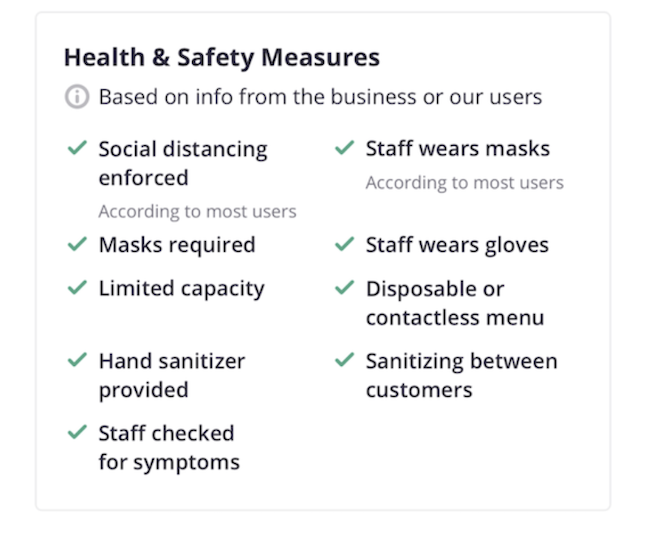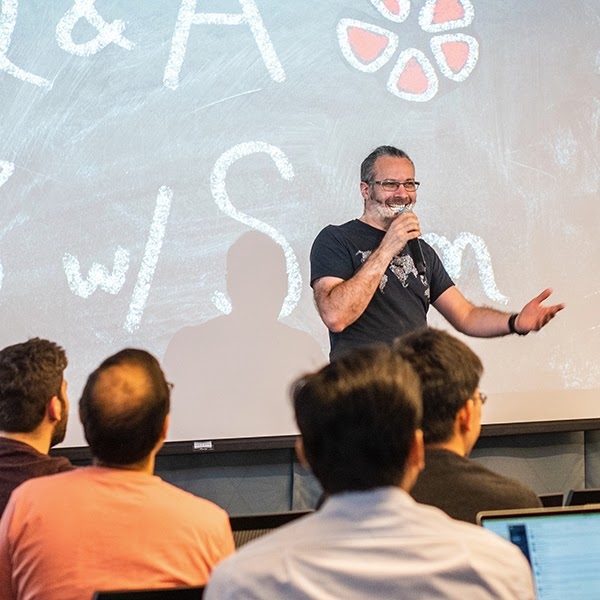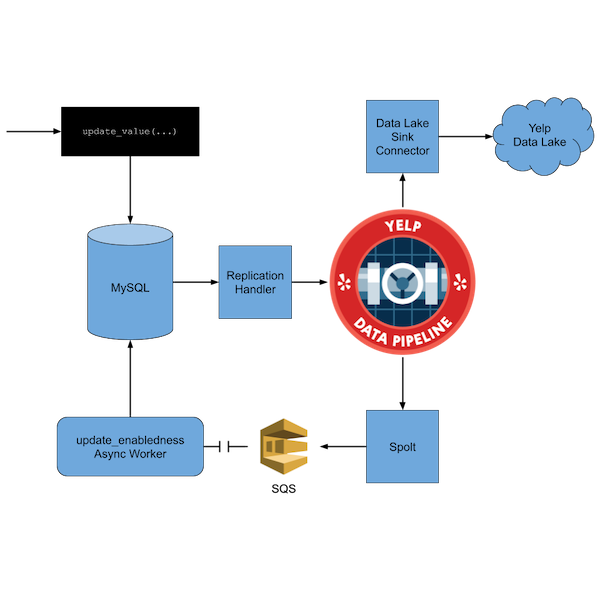Engineering Career Series: Career paths for engineers at Yelp

-
Yoann Roman, Director, Engineering & Chief of Staff
- Jun 3, 2021
About 5 years after joining Yelp, I was managing several teams in our Hamburg, Germany office and asked my manager, a director at the time, what were the expectations for an engineering manager versus a director. While the conversation was helpful to me at that moment, the gist was basically “we haven’t written that down.” As you can imagine, it’s hard to know both where you stand and how to grow if that’s not captured anywhere for you to read. Where we started For many years, the career track for engineers at Yelp was not documented. People still advanced in...










